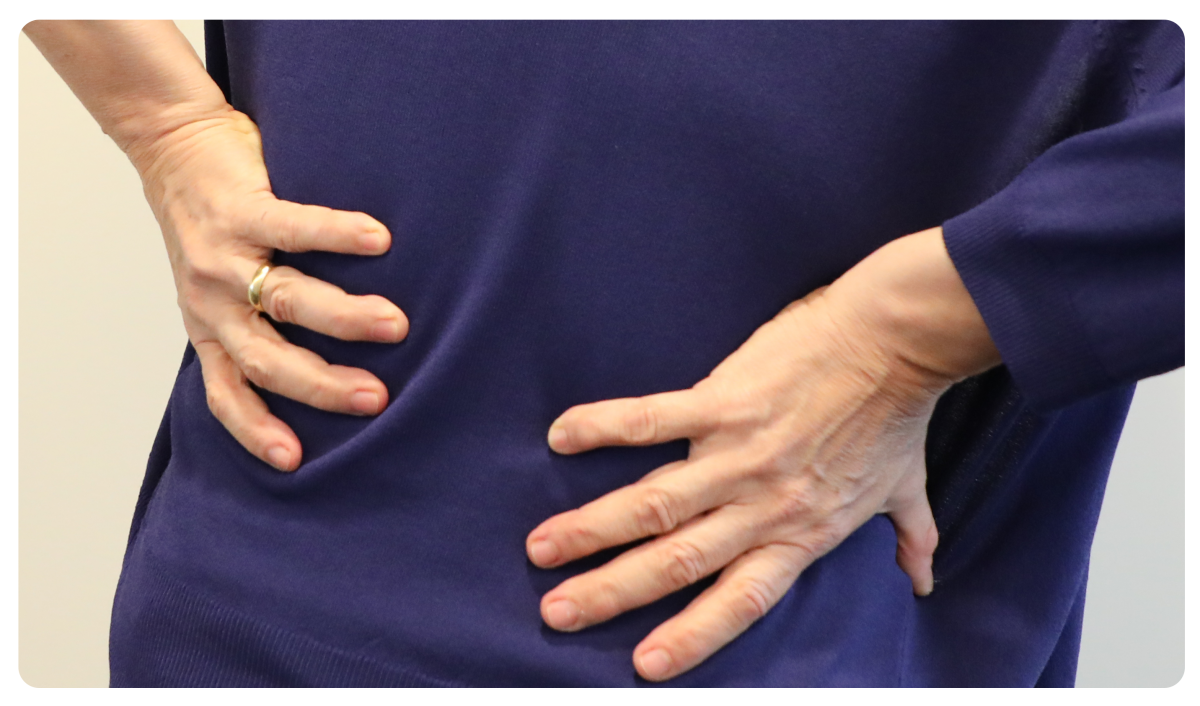Back Pain
(Updated on 30 July 2018)
What is back pain?

Chronic back pain lasts for more than 3 months and is less common than acute back pain, which lasts less than 6 weeks and is usually the result of a fall or heavy lifting.
Anyone can get back pain, but factors that increase its risk are age, poor physical fitness, genetics, poor posture, obesity, smoking, etc.
What causes back pain?
Back pain often develops without a specific cause. Conditions commonly linked to back pain include:
- Muscle or ligament strain. Repeated heavy lifting or a sudden awkward movement may strain back muscles and spinal ligaments. If you are in poor physical condition, constant strain on your back may cause painful muscle spasms.
- Bulging or ruptured disks. Disks act as cushions between the bones (vertebrae) in your spine. The soft material inside a disk can bulge or rupture and press on a nerve. However, you can have a bulging or ruptured disk without back pain. Disk disease is often found incidentally when you undergo spine X-rays for some other reasons.
- Arthritis. Osteoarthritis can affect the lower back. In some cases, arthritis in the spine can lead to a narrowing of the space around the spinal cord: a condition called spinal stenosis.
- Skeletal irregularities. Back pain can occur if your spine curves abnormally. Scoliosis, a condition in which your spine curves to the side, may also lead to back pain, but generally only if the condition is severe.
- Osteoporosis. Your spine's vertebrae can develop compression fractures if your bones become porous and brittle.
When should you urgently see a doctor for back pain?
In rare cases, back pain can signal a serious medical problem. You should urgently see a doctor if you experience any of the following: numbness or tingling, severe pain that does not improve with rest, back pain after a fall or injury, back pain and trouble urinating, weakness, fever, weight loss, or numbness in the legs.
How can you prevent back pain?
To keep your back healthy and strong:
- Stay active and exercise regularly to keep the back muscles strong, and build muscle strength and flexibility.
- Maintain a healthy weight to reduce the amount of stress on the back.
- Have a proper calcium and vitamin D intake every day to help promote strong bones.
- Have proper posture, stand up straight, and avoid lifting heavy objects that put stress on your back.
- Ensure that your workstation is set up ergonomically. See the UN Medical Services Guide to Configuring your Workstation as an example of how to set it up.
What can you do if you already have back pain?
There are many things that can be done to help you live with back pain including:
- Using over-the-counter pain relievers if recommended by your doctor, and hot and cold packs to help reduce pain.
- Guided and careful exercises that can strengthen the back, ease pain, and reduce the chances of it reoccurring. These include flexion exercises, extension exercises, stretching exercises, and aerobic exercises such as jogging, swimming, and walking. Refrain from activities that increase pain, but don’t avoid being active altogether out of fear of pain.
- Maintaining a proper diet that includes calcium and vitamin D is also important for spine strength, and also helps control weight and stress.
For more information on back pain, please visit:
